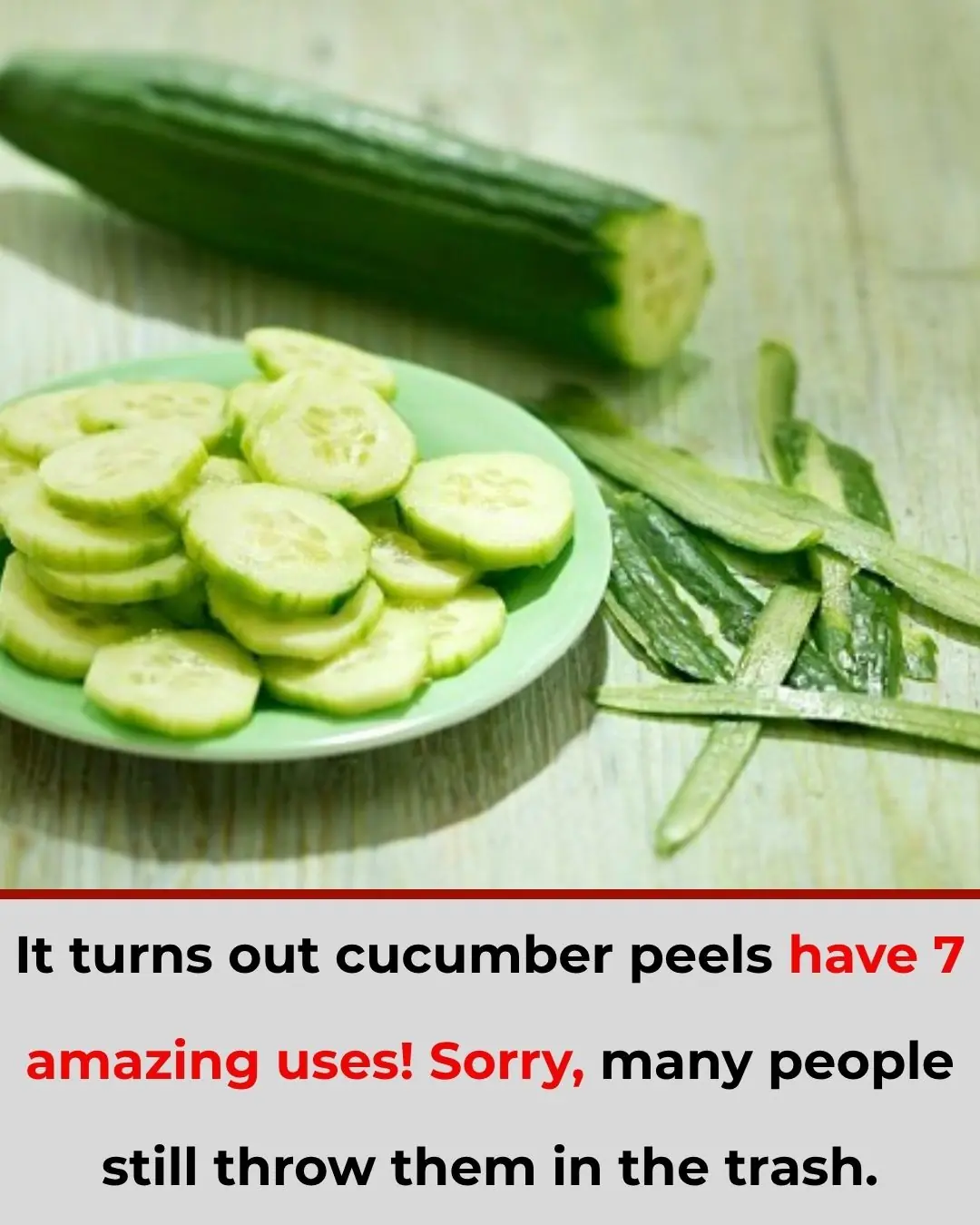
10 Controversial Winter Watering Tricks That Actually Work
When winter rolls in and temperatures dip, most gardeners assume their plants are taking a long nap — no water needed. But here’s the surprising truth: plants still get thirsty in winter. They may not grow as vigorously, but their roots need moisture to survive the cold.
Winter watering, however, isn’t as simple as it is in summer. Some methods spark debate among even the most seasoned gardeners. Below, we uncover ten controversial but effective winter watering tricks that can keep your garden healthy and thriving until spring.
1. Water Right Before Frost
It may sound counterintuitive, but watering before a frost can actually protect plant roots. Moist soil holds heat better than dry soil, creating a natural insulation layer. Experts suggest watering to a depth of about six inches before a freeze to help roots draw in moisture and prevent cold damage.
2. Use Lukewarm Water — Not Cold
Cold water can shock plant roots during freezing weather. Try using lukewarm water (around 60°F / 15°C) to gently warm the soil and encourage absorption. This is especially helpful for potted plants, which are more exposed to rapid temperature changes.
3. Skip Morning Watering
Watering early in the morning — a summer staple — can backfire in winter. Moisture on leaves or soil can freeze overnight. Instead, water in the early afternoon, giving the soil time to absorb moisture and the surface to dry before temperatures plunge at night.
4. Give Evergreens a Monthly Drink
Unlike deciduous trees, evergreens keep their leaves year-round and continue losing moisture through them. Watering deeply once a month during winter ensures they stay hydrated. Focus on soaking the root zone, about 12 inches deep, to keep them healthy through dry, cold spells.
5. Try Deep Soaking
Deep soaking — watering slowly over an extended period — helps water penetrate frozen or compacted soil layers. It encourages deep root growth and keeps roots hydrated even when surface soil freezes. A drip irrigation system run for an hour every few weeks works wonders.
6. Mulch After Watering
Applying mulch right after watering locks in moisture and stabilizes soil temperature. A 2–3 inch layer of straw, shredded leaves, or wood chips acts as an insulator, protecting roots from frost and reducing water loss. Just remember to keep mulch a few inches away from stems to prevent rot.
7. Water During Thaws
Whenever temperatures rise above freezing and the ground softens, take advantage — it’s the perfect time to water. These mid-winter thaws let moisture reach deeper soil layers before the next freeze, helping plants stay hydrated throughout the cold stretch.
8. Use an Anti-Desiccant Spray
Winter air can be dry and harsh, especially for evergreens. An anti-desiccant spray forms a protective coating on leaves and needles, reducing moisture loss. Apply it on a dry day above freezing in late fall or early winter for lasting protection.
9. Water Before Snowfall
This one surprises many gardeners: watering just before a snowfall can actually help. As snow melts, it slowly releases water into the soil — a natural, gentle irrigation system. Pre-watering ensures your soil is ready to absorb every drop when that snow begins to thaw.
10. Reuse Gray Water (Responsibly)
For a sustainable twist, use gray water — recycled household water from sinks or baths — to hydrate ornamental plants. It often contains trace nutrients that plants can benefit from. Just avoid using it on edible plants and alternate with fresh water to prevent buildup of soaps or salts.
Bonus Tip: Don’t Overdo It
The biggest winter watering mistake? Overwatering. Saturated soil can suffocate roots or cause rot, especially when temperatures fluctuate. A simple rule: check the top inch of soil. If it’s dry, water. If it’s damp, wait.
Final Thoughts
Winter watering may sound controversial, but done right, it can be the difference between wilted plants and a thriving spring garden. With a little timing, patience, and these clever tricks, your plants can rest easy through the cold months — and wake up stronger than ever when the warmth returns.
News in the same category


Inside Gabby Logan’s marriage to husband Kenny Logan – sex-less marriage; affair allegations; wedding day disaster

Concerns for Lisa Snowdon as she admits ‘a few things need investigating’ following scan

Davina McCall reveals she’s been diagnosed with breast cancer in emotional video message

My Nana’s 4-Minute, Zero-Work Hack to Freshen Carpets

Nana’s Timeless Jewelry Cleaning Trick That Actually Works

10 Foods You Should Never Cook in Aluminum Foil — And Why It Could Be Dangerous

Stop Wasting Counter Space on These 10 Kitchen Appliances

Stop Wasting Money on These 10 Paper Products

Keyless Cars: What Every Driver Needs to Know

Get Rid of Squirrels for Good by Planting These 10 Squirrel-Repelling Plants

Gentle Stretches to Relieve Sciatica Pain

New Food Stamp Rules Start in November...

‘He’s My Superhero’: Claressa Shields Credits Potential $15M Deal To Guidance Of Lover, Protector, Adviser and Future Baby Daddy Papoose

‘Auto-Tune Led Us Here’: Jermaine Dupri Sets Off a Firestorm After Comparing AI Artists to Milli Vanilli’s Lip-Sync Shameless Story

12-Year-Old Makes History, Swimming From Saint Lucia to Martinique To Raise Awareness For Breast Cancer

Meet The Owner Of The First Beauty Supply In New Paltz, New York

R&B Singer Lucky Daye Has Full-Circle Moment with MLK Day Halftime Performance

Meet Alvin Irby, One of Pepsico’s Black Changemakers Who’s Using Barbershops To Encourage Black Boys To Read More
News Post

Cut up your old jeans instead of junking them. Here are 10 ways to repurpose them

Put raw chicken drumsticks in a slow cooker with these 3 ingredients. You’ll want it every night.

Easy Clove Cultivation: From Seed to Spice

7 Benefits and Uses of Castor Oil

Zachary Levi dishes on being ‘graylisted’ by Hollywood for his beliefs

Inside Gabby Logan’s marriage to husband Kenny Logan – sex-less marriage; affair allegations; wedding day disaster

Concerns for Lisa Snowdon as she admits ‘a few things need investigating’ following scan

Davina McCall reveals she’s been diagnosed with breast cancer in emotional video message

The Amazing 7 Benefits of Cucumber Peels — You’ll Never Throw Them Away Again!

My Nana’s 4-Minute, Zero-Work Hack to Freshen Carpets

Nana’s Timeless Jewelry Cleaning Trick That Actually Works

My nana taught me this hack to relieve joint pain in 5 mins with 0 work. Here’s how it works

10 Foods You Should Never Cook in Aluminum Foil — And Why It Could Be Dangerous

What Does This Little Mark On The Ear Mean

Stop Wasting Counter Space on These 10 Kitchen Appliances

Stop Wasting Money on These 10 Paper Products

Keyless Cars: What Every Driver Needs to Know

1 Minute to “Check Your Kidneys” at Home — See Instantly If They’re Strong or Weak
